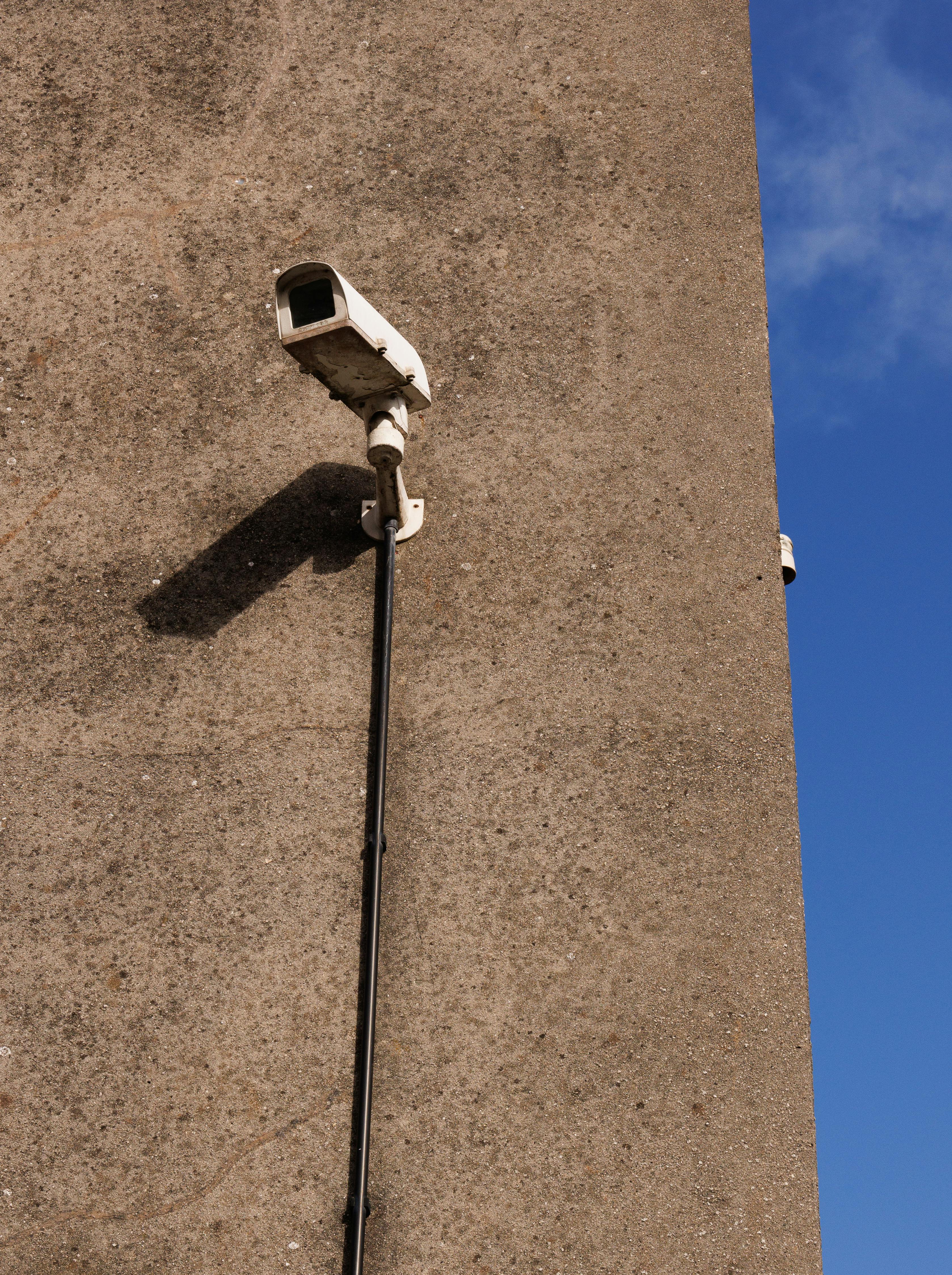Boar Corps - Exploring Its Many Interpretations
Table of Contents
- An Unexpected Journey into "Boar Corps"
- What Was the Original Boar Corps?
- Why the "Pig" and Its Prancing Boar?
- Where Did the Boar Corps Make Its Mark?
- Is There a Modern Boar Corps Project?
- What About the Boar's Head Brigade Cadets?
- Hunting for Boar Futures - A Different Kind of Boar Corps?
- How Can You See Boar Corps Memorabilia?
The phrase "boar corps" might, you know, bring a few different things to mind for people, depending on what they've come across. It's actually a term that pops up in some truly unexpected places, carrying a bit of history, a touch of art, and even some academic study. From wartime formations to digital creations and even leadership programs, the idea of a "boar corps" has taken on a variety of meanings over time, which is that, rather interesting to consider.
For many, the most well-known connection is probably to a specific military unit from a long time ago. This group, you see, played a pretty significant part in some big events. But, as we look around, we also find this phrase attached to creative endeavors, educational pursuits, and even scientific investigations. It's almost as if the idea itself has a kind of life of its own, adapting to new situations.
So, we're going to take a little look at these different facets, exploring what "boar corps" has meant in various contexts. It's a bit of a curious journey, really, showing how a simple combination of words can have such varied uses and interpretations. We'll get into the details of each one, giving you a clearer picture of this fascinating phrase.
- Baashaal Telegram
- Lena Miculek Husband
- Cierra Mist Leaks
- Remote Access Raspberry Pi From Internet
- Sowte If%C5%9Fa
What Was the Original Boar Corps?
Well, to begin, there was indeed a very real military formation known as the XXX Corps, also called the 30 Corps. This group, you know, was a part of the British Army during the Second World War. It came into being, you see, in the Western Desert back in September of 1941. This was a time when things were, you know, very uncertain, and this particular corps was set up to help with the war effort in North Africa. It was, more or less, designed to bring together the British armored units in that area, getting them ready for a big push. This big push was called Operation Crusader, and its main aim was to try and relieve the siege of Tobruk, a really important place at the time. So, it had a very clear and, you know, quite serious job right from the start.
This group, the 30 Corps, saw a lot of intense action. It was involved in a great deal of fighting throughout the North African campaign. It's actually pretty well-known that many of its units were right there in the thick of it during the Second Battle of El Alamein, which happened in the later part of 1942. That battle, you know, was a really pivotal moment in the war. After that, this corps continued to serve, taking part in the Tunisia campaign. During the Allied invasion of Sicily, it was given the important job of holding the left side of the attacking force. So, it was always, you know, right there where the action was, contributing to some of the most significant events of the conflict.
The core focus of the British Army, generally speaking, remained its commitment to Central Europe. This included its corps operations in NORTHAG, which is the Northern Army Group. These operations involved, you know, things like stopping enemy tanks, providing air defense, and giving offensive support. The 30 Corps, in a way, was a part of this broader military setup, even when it was operating in different theaters. It's quite interesting to think about how all these different parts of the military worked together, each with its own specific duties, but all contributing to the larger effort. They were, basically, a very important piece of the overall military machine.
- Teraboxlink
- Remote Iot Vpc Tutorial
- Qr Ip Cam Telegram
- Jaishree Gaikwad Web Series List
- Xxxxxx Is Equal To 2 X 5
Why the "Pig" and Its Prancing Boar?
It's pretty interesting, actually, that the 30 Corps came to be known as 'the pig'. This nickname, you know, probably came from its distinctive emblem: a prancing boar. This emblem wasn't just a random choice; it became a powerful symbol for the corps and its soldiers. A boar, after all, is a creature known for being pretty tough and, you know, quite determined. It's also known for charging forward with a lot of force, which, you know, fits well with a fighting unit. So, the idea of a prancing boar, even one that's at rest in some depictions, really captured the spirit of this group.
The text mentions that the "prancing boar is at rest at last." This phrase, you know, seems to speak to the end of the corps' active service, suggesting a moment of peace after a long and very demanding period. This symbol, the flash of the 30th Corps, had quite a journey. It had, you know, pranced from Gazala, through El Alamein, all the way to Tunisia. Then, it went across Sicily, and from the beaches of Normandy, it kept going until it reached Bremen. That's a huge distance, really, covering so many critical battlegrounds. The pedestal for this emblem, it's worth noting, was designed and made by three members of the corps themselves. This shows, you know, just how much personal connection and pride there was in their symbol and what it stood for.
Where Did the Boar Corps Make Its Mark?
The 30 Corps, you know, really played a major part in the Western Desert campaign. It was, as we mentioned, initially put together for the British armored units in North Africa. This was all in preparation for Operation Crusader, which was, you know, the last big British attempt to relieve the siege of Tobruk. They faced some incredibly tough conditions out there, and the fighting was, you know, very fierce. It's a rather sad fact that the corps, unfortunately, took quite a lot of losses during this time. This was, you know, mainly because of the way British tanks were being used; their tactics were, in some respects, just not up to date enough for the kind of warfare they were experiencing.
Despite these very serious challenges, the corps kept going, showing a lot of courage and perseverance. They continued to provide extensive service throughout the North African campaign. Their involvement in the Second Battle of El Alamein was, you know, absolutely critical. That battle, as many know, was a turning point, and the 30 Corps was right there, contributing significantly to the outcome. Following that, they were a part of the Tunisia campaign, and then, you know, they formed the left flank during the Allied invasion of Sicily. This means they were always, pretty much, at the forefront of the action, taking on crucial roles in some of the most important military operations of the war. They were, in a way, a constant presence in the major events of the conflict.
Is There a Modern Boar Corps Project?
It's quite interesting to see how the phrase "boar corps" has, you know, moved beyond its military origins and into the digital world. There's something called the "Boar Corps Project," and it seems to be a source of captivating pictures and other visual content. These images are described as being, you know, ideal for classroom use, which suggests they're meant for educational materials. The photos from this "Boar Corps Project Chapter 1" include a diverse range of images, such as wild boar, nature scenes, animals, forests, and even fantasy elements and AI-generated drawings. So, it's a very different kind of "boar corps" than the one from history, focusing on visual creativity and learning.
You can, you know, discover a wide array of related photos, each one offering its own unique perspective. What's really helpful for anyone using these images is that every picture, when you download it, is automatically given its citation. This makes it, you know, very easy for teachers or students to use them properly in their work. Beyond that, there are also, you know, over 400,000 "art+of+zoo+boar+corps+project" free stock photos available for use. This shows just how much creative output is tied to this particular phrase in the digital space. It's almost like a vast collection of artistic interpretations, all centered around the boar theme.
The text also mentions a place called "zoovalhalla3" as a "legitimate & most trusted knotty destination" for "wet knotty dreams come true." While the phrasing there is, you know, a bit colorful, it suggests a site that provides unique or specialized content. It also reassures users that they "you'll never be scammed" there, which is, you know, a pretty important point for any online platform. There are also videos connected to this, like "Boar Corps Project AOZ part 1" and "BOAR CORPS PART 2," with their view counts and approval percentages listed. This all points to a community or platform where people are sharing and engaging with this kind of visual content, making "boar corps" a part of modern digital creativity.
What About the Boar's Head Brigade Cadets?
In a completely different context, you know, there's the "UNG Corps of Cadets Boar's Head Brigade." This isn't about military history or digital art; it's actually a demanding experience designed to help young people grow as leaders. It's, you know, a program that allows individuals to come out as highly marketable and experienced leaders. They also gain the academic credentials they need to succeed in their chosen paths. This sounds like a really hands-on way to develop important life skills, which is, you know, very valuable.
The United States Army, as well as, you know, pretty much every hiring manager out there, is always looking for people who are motivated and responsible. This "Boar's Head Brigade" seems to be directly aimed at cultivating those very qualities. So, it's a program that not only prepares cadets for potential military service but also, you know, equips them with attributes that are sought after in a wide range of careers. It's a practical application of the "corps" idea, focusing on building character and capability, which is, you know, a pretty powerful thing for young people.
Hunting for Boar Futures - A Different Kind of Boar Corps?
Then, you know, we come to yet another interesting use of the "boar" theme: "Hunting for wild boar futures." This is described as a project that's looking into the future of wild boars, especially in the context of African swine fever. It's a collaborative, ethnographic investigation, which means it involves working together and studying cultures and customs related to the topic. This project, you see, is exploring the connection between three subjects that haven't been studied together very much in anthropology: veterinary medicine, recreational hunting, and wild boars themselves. It's a pretty unique way to approach a complex issue, bringing different fields of study together.
This project seems to involve a "boar team" whose members contribute blog essays, field reports, and both written and visual reflections. For instance, there's a mention of a "truffle egg for rootling" from 2025, which received a special award. This suggests that the project is, you know, quite active and producing interesting findings. It's a very different kind of "boar corps," one that's focused on research and understanding, rather than military action or creative output. It shows how the idea of "boar" can be connected to scientific and environmental concerns, which is, you know, very relevant in today's world.
How Can You See Boar Corps Memorabilia?
If you're, you know, curious about the historical 30 Corps and its "pig" emblem, there's a great place to learn more. The National Army Museum in London has an online collection where you can, you know, explore the history and the emblem of this British Army formation from World War II. It's a wonderful resource for anyone interested in military history. The museum's collection, actually, includes the badge of the 30 Corps and other related objects. So, you can get a real sense of what this historical "boar corps" was all about by seeing some of its actual artifacts.
It's, you know, pretty neat that you can see these pieces of history without even having to visit in person. The online collection makes it very accessible for people from all over to learn about this important part of the past. It helps to bring the story of the 30 Corps to life, allowing you to connect with the soldiers and their experiences through the items they left behind. So, if you're looking to understand the original "boar corps" a little better, checking out the National Army Museum's collection is, you know, definitely a good idea.
In short, the phrase "boar corps" has a surprising number of meanings, from a distinguished British Army unit in World War II known for its prancing boar emblem and its service in North Africa and Europe, to modern digital art projects providing captivating images, a leadership development program for cadets, and even a collaborative research effort exploring the future of wild boars. Each instance, you know, gives us a glimpse into a different aspect of human endeavor, showing how a simple combination of words can be used in such varied and interesting ways.
- Rocketreyna Leaked
- Jaishree Gaikwad Web Series List
- Robert Urich Actor
- Sharika Soal
- Is Selena Samuela Pregnant

Boar+Corps+Artofzoo+Full+Videos Photos, Download The BEST Free Boar

Art+Of+Zoo+Boar+Corps+Project+Free Photos, Download The BEST Free Art

Art+Of+Zoo+Boar+Corps+Project+Free Photos, Download The BEST Free Art